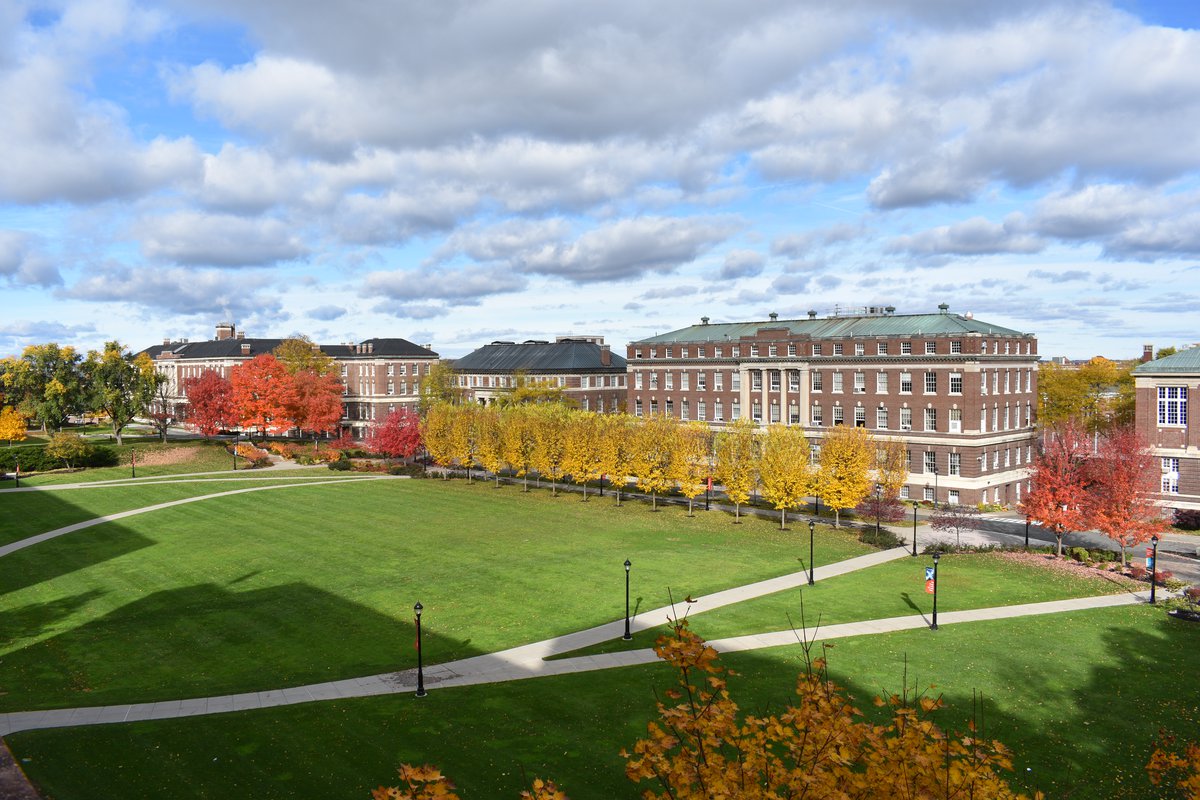COVID testing: a 4-star experience
Over 4,200 members of the Rensselaer community have been tested for COVID-19 prior to the return to campus this fall, an impressive feat of organization. While the process has gone remarkably smoothly, we hope that improvement in communication can make it even better.
As you walk up the hill to the Houston Field House to get tested, you will see a large white tent with people donning masks and gloves. While new students received their IDs at one of two check-in tables, returning students checked in by swiping their RPI ID cards. After check-in, students are given a test tube and wait until one of the cloth-separated testing stations becomes available.
Each station is monitored by a friendly attendant, who gives students a cotton swab and clear instructions: blow your nose to clean it, place the swab about an inch into one nostril, swirl it around for 15 seconds, and repeat for the other nostril.
The sensation of the test was not nearly as bad as expected. Our eyes watered, and we felt an almost uncontrollable urge to sneeze, but the assistant explained these were just natural reactions. While these sensations are uncomfortable, they did not cause any pain. The attendants are very supportive and understood any discomfort we experienced.
After completing the test, we placed the tip of the swab into the test tube, and swirled the swab in a solution for a few seconds. The last step was to leave the tube in a rack, and walk out the back of the tent. Surprisingly quick and easy! After the initial test, attendants handed us each a box of disposable masks, two cloth masks, and information about the 14-day quarantine. The flow of students was streamlined so that we never needed to cross paths with any other students. The whole process felt safe, distanced, and easy to follow.
Another welcome aspect was the short lines, making walking to the Houston Field House the longest part of the test.
Self-administering the tests was the biggest concern we both had, but it quickly went away with the clear communication we received both before and during the test. Before testing began, Assistant Vice President for Student Life and Dean of Students Travis Apgar sent an email which included a video of Executive Director for Health and Wellness Dr. Leslie Lawrence giving a detailed explanation of the testing procedure. The staff were also reassuring, and by the second nostril we started to get more comfortable executing the procedure. As we continue testing throughout the semester, we can easily envision most of the worry about testing ourselves going away.
One suggestion would be to improve the communication about test results. After the test, we expected some email or notification saying the test was negative but there was no communication. Not hearing back about negative test results caused unnecessary uncertainty as students had no way of knowing if the test was processed, or if it was still not analyzed yet. Eventually, we learned that 48 hours of no communication meant that the test results were negative, but this was never explicitly explained. However, Associate Director of the Student Health Center Kevin Readdean wrote in the RPI Student Success Discord that RPI is planning to develop a notification system that makes testing status available on the Student Health Portal, but the system is “not quite there with all the scripting and data to support the logic.” In everything else, the COVID tests exceeded our expectations. As everyone gets used to the system, we hope that the experience can become even better.
Overall, we give the COVID test experience 4 stars, with the lack of notification of test results being the main drawback. Once Rensselaer implements a notification system and assuming the same care continues to be given, COVID testing could easily be a 4.5 or even 5-star experience.

 COVID-19
COVID-19
 Town Meeting
Town Meeting